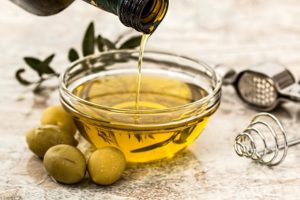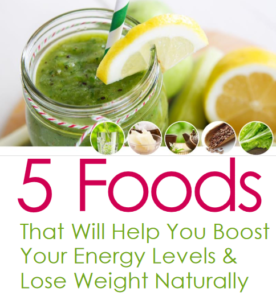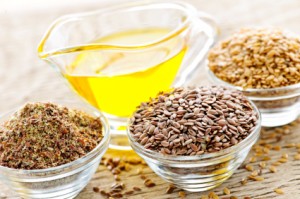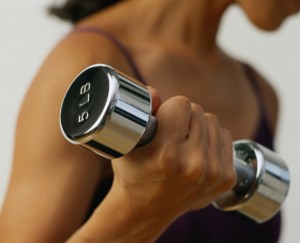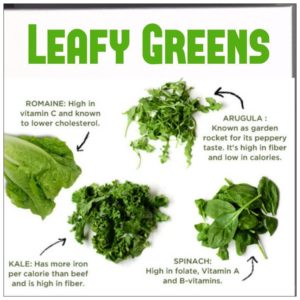No Bake Lemony Cashew Energy Bites
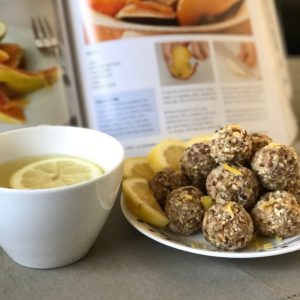
Ingredients:
1 cup cashews
1 cup dates
1/2 cup unsweetened coconut flakes
1 tablespoon freshly squeezed lemon juice
1 tablespoon lemon zest
Instructions:
- Combine all ingredients in a food processor, pulse until finely ground, transfer to a bowl, scraping the sides.
- Form into an inch ball. Keep them in an airtight container and refrigerate.
 blueberries, the deep reds of pomegranates, the rich green of kale and collards, the bright orange of sweet potatoes.
blueberries, the deep reds of pomegranates, the rich green of kale and collards, the bright orange of sweet potatoes. because it has so many benefits, to name a few – anti-ageing & wonderful skin healing benefits.
because it has so many benefits, to name a few – anti-ageing & wonderful skin healing benefits.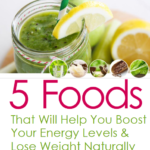 Sign up by clicking:
Sign up by clicking:  Raw cacao beans are full of flavonoids that act as natural antioxidants. Antioxidants protect the body from ageing and disease caused by free radicals. Raw cacao contains up to four times the antioxidants of traditional cocao powder.
Raw cacao beans are full of flavonoids that act as natural antioxidants. Antioxidants protect the body from ageing and disease caused by free radicals. Raw cacao contains up to four times the antioxidants of traditional cocao powder.


 For so many years, health experts have preached that a low fat diet was the way for you to lose weight and be healthier. They proclaimed fats as your enemy, linking them to heart disease and other illnesses.
For so many years, health experts have preached that a low fat diet was the way for you to lose weight and be healthier. They proclaimed fats as your enemy, linking them to heart disease and other illnesses.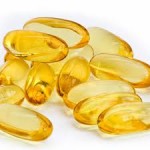 skin and hair soft and subtle, lubricate your joints.
skin and hair soft and subtle, lubricate your joints.